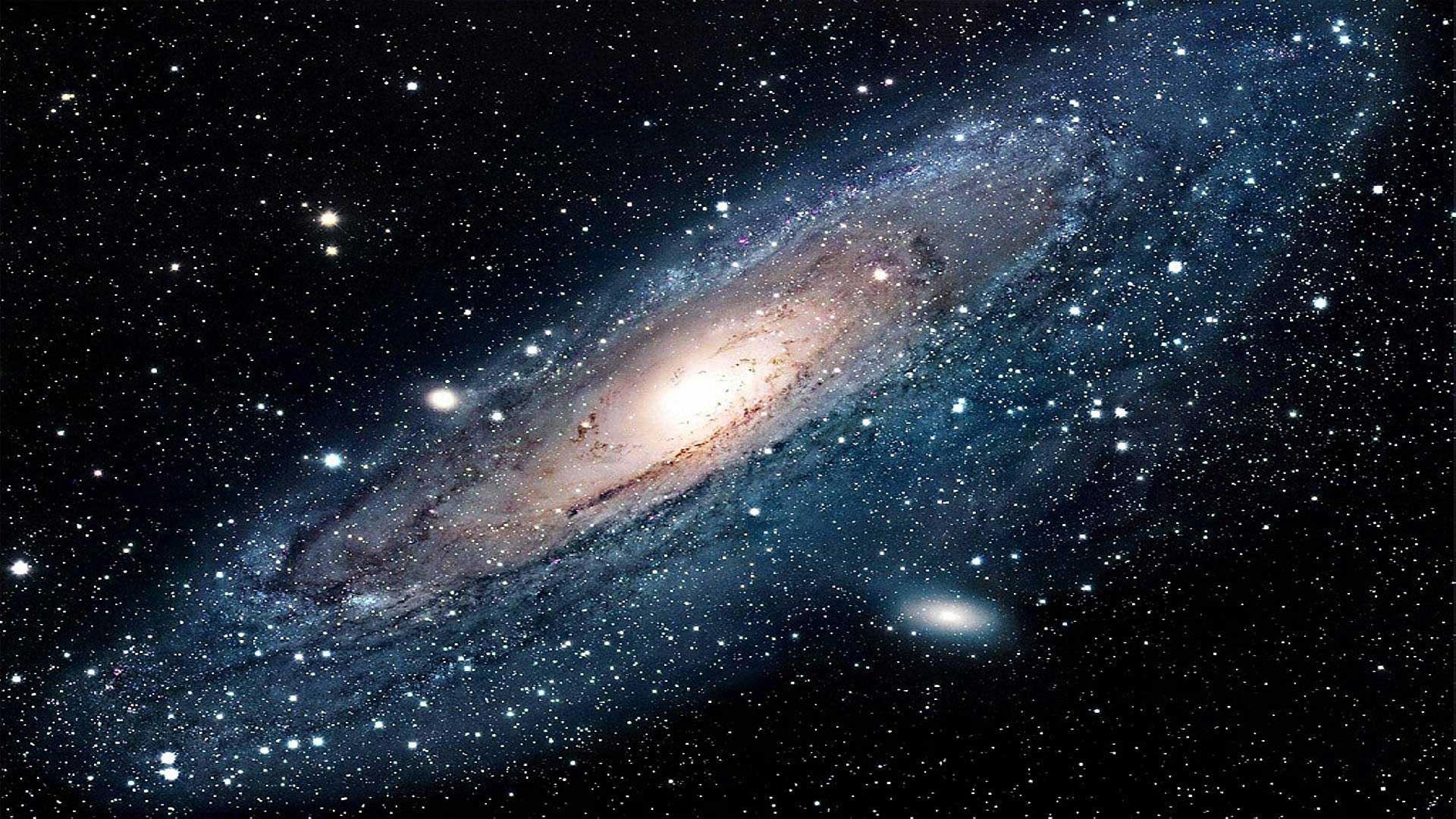Polluxia
Polluxia orbits nearly 11.4 billion KM from Pollux, approximately 76 AU. It is a heavily populated planet with it's own, independent local government.
The planet has 1.2 times the earths mass, and is 1.3 times larger. The gravity field is about average for humans. In order for life to have formed on this planet, it needed to have a very strong magnetic field to protect the planet from the strong radiation of of Pollux. Similarly, the planet has a very thick ozone layer, as well as the layers above, to help filter out the ultraviolet radiation from the star. Pilots landing have to pay particular attention to the upper atmosphere when landing. The spaceport will provide the required details, but does require a piloting check since it's not a standard entry.
Geography
The heat and radiation from it's parent star means there is no ice caps at the poles. The north pole has a small continent on it, approximately the size and shape of Earths Australia. Sometimes the continent is jokingly called "The land up over", as a bad play on a nickname for Australia" The magnetic pole makes it hard to navigate the area as it interferes with sensors, to the land mass is uninhabited except for local fauna. The trees help increase the magnetic field, (see flora and fauna section), and only small craft that can be landed by sight can come here.
The southern hemisphere has most of the land masses on it. There are two large continents on it, that spread into the northern hemisphere. The northern hemisphere has two moderate sized continents on it that are completely within it's hemisphere.
Along the equator, almost all the way around the planet is a series of islands. All of them were formed by volcanoes, though only about 30% are still active. On the continents that span the equator, there is a thick, humid rainforest covering those areas. The rainforests are mostly untouched by the people that have settled here. A few xenobiologist, and xenobotanist have explored the region, and on one mountain has a small landing pad for shuttles, and a building that can house 6 scientists. A mix of xenobiologists and xenobotonists are usually here, though geologists, and meteorologists will stay there for research as well.
Fauna & Flora
A large mushroom found in 298 NER, deep in the rainforest has been found to have excellent medicinal properties. It is now a key ingredient in Vandizone.
There is also a type of tree found on the northern continent that has been given the nickname ironwood. It literally has iron in the bark that it absorbs through the ground. Traces of it stay in each ring of the tree, making it extremely hard to cut or work with.
One of the more interesting creatures found on the planet is a very large, aquatic mammal that swims with wings. It's also able to fly for short periods, up to about 3 to 5 minutes, reaching altitudes of 130 meters. It often does this while hunting and then will dive into the water to catch it's meal. They have long, eel-like bodies and wide wings that it uses for both swimming, and flying. Their total length is between 24 and and 29 meters making them dangerous to sea vessels and low flying aircraft. One ship that was studying them got shot with a stream of water by one when it flew over head. The force of the blast knocked one crew member overboard.
On one of the norther continents, a spice called auladin was discovered that is often used to on meats, especially lizard and seafood dishes.
Natural Resources
A good mix of common, but necessary materials like iron, aluminum, gold, among others. Nothing extremely notable, but a few small mines have been started by various corporations.
History
First settled in 128 NER, Pollux quickly became a key trading and transportation hub. The first, and now largest city, New Sydney, was built on the eastern coast of the largest continent. Since then, 9 more major cities have grown, each with over 2.5 million people.
Originally founded by Canopans, the planet now has an extremely diverse population.
Tourism
Because Polluxia is a large world, with lots of people coming and going, it has lots of tourist attractions. Any town or city will have a vibrant night life, educational museums, and some of the finest restaurants within 6 parsecs. For each city, please visit it's local tourism bureau, or their online information page for more information.
There are some areas that are built specifically for tourism. Some of the key highlights include:
- Cascading Falls Retreat
- New Sydney beaches
- Live Robot Fighting League fights
- High Peak Skiing resort.
Alternative Name(s)
Pollux C
Type
Planet
Location under
Included Locations
Included Organizations
Owning Organization
Characters in Location



Comments